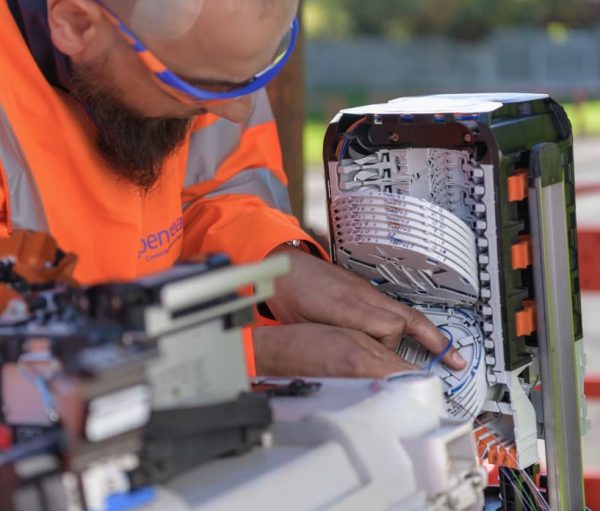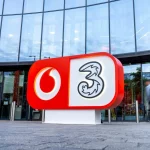Openreach Hunts Third Strategic UK FTTP Broadband Supplier

Openreach (BT) appears to be hunting for a third strategic supplier to help support their UK roll-out of a new Gigabit-capable Fibre-to-the-Premises (FTTP) broadband ISP network. The move might also help to reduce their reliance on Chinese firm Huawei, which remains the subject of on-going security concerns.
In terms of performance, capability and value, the kit that Huawei provides to Openreach has generally held up quite well and is widely used. At the same time major operators always like to have some diversity in their supply and hence why BT normally works with more than one strategic supplier for key parts of their infrastructure.
At present the operator’s deployment of full fibre technology – aiming to cover 4 million premises (homes and businesses) by March 2021 and then there’s an ambition for 15 million by around 2025 – is using hardware and services provided by both Huawei and Nokia (there’s also some older ECI kit but that’s another story).
Advertisement
An Openreach Spokesperson told ISPreview.co.uk:
“We’re on track to make faster, more reliable full fibre broadband available to four million premises by March 2021, and we want to go much further, so using cutting-edge technology will be key to achieving that.
We already manage a large and diverse supply chain across our full fibre build, and we’re constantly reviewing our options to make sure we can continue to build a high-quality network that offers great value for money.”
Adding a third major vendor could also help to bring down Openreach’s costs through competition, although mixing lots of different kit from different vendors can sometimes lead to long-term differences in performance and capability (e.g. the turbulent history of ECI in their FTTC network). At present Openreach are not saying what suppliers may be in the frame but a formal tender is expected to be issued very soon.
Assuming a third supplier is secured then we expect that such a deal would involve a range of equipment – inside the exchange, outside in their network and in customers’ premises (the same as we’ve seen from Huawei).
Mark is a professional technology writer, IT consultant and computer engineer from Dorset (England), he also founded ISPreview in 1999 and enjoys analysing the latest telecoms and broadband developments. Find me on X (Twitter), Mastodon, Facebook, BlueSky, Threads.net and Linkedin.
« Urban UK Full Fibre ISP Hyperoptic Launch Black Friday Deals























































Comments are closed